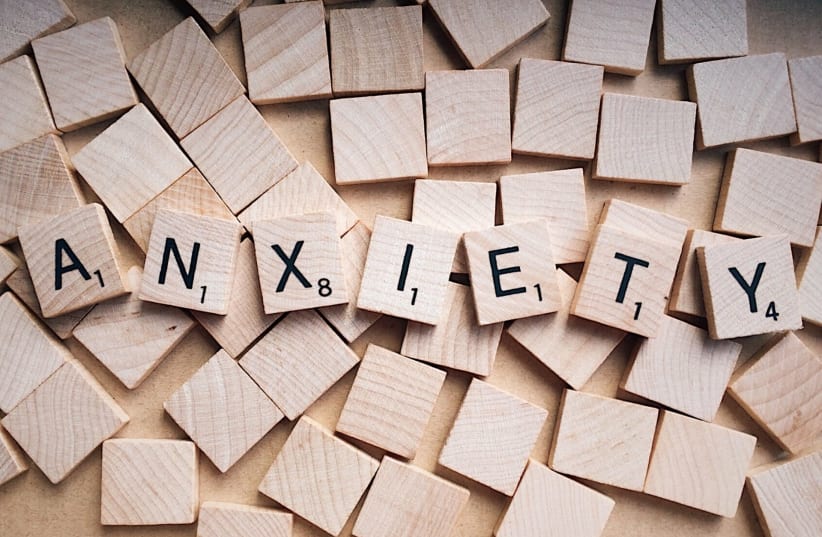The coronavirus pandemic has caused a global mental health crisis among children and adolescents, according to a University of Calgary study published in the journal JAMA Pediatrics this week.
The study is a meta-analysis pooling the results of 29 separate studies from around the world that looked at the prevalence of clinically elevated anxiety and depression symptoms among 80,879 youth during the COVID-19 pandemic.
Among the study’s findings: Depression and anxiety symptoms have doubled in children and adolescents. About 25.2% of the children and youth measured in the studies had clinically elevated depression symptoms, and 20.5% had clinically elevated anxiety symptoms.
Depression and anxiety symptoms were more prevalent in studies collected later in the pandemic and in girls. Depression symptoms were higher in older children.
One of the 29 studies examined in the meta-analysis measured the prevalence and predictors of depression and anxiety among 384 high school seniors (12th graders) who were home quarantined and studied online in Jordan. The Jordanian study found that levels of depression and anxiety were high for both sexes but particularly for femalestudents. The prevalence of anxiety among the girls was 46.9% and among the boys, 27.6%.
Unsurprisingly, the Jordanian study showed that having difficulties with online education was a predictor for both depression and anxiety during the pandemic.
Perhaps more surprisingly, the Jordanian study revealed that while the father’s level of education was a protective factor that correlated with lower levels of depression and anxiety, the mother’s level of education correlated with higher levels of depression.
Dr. Sheri Madigan, an associate professor in the Department of Psychology and one of the co-authors of the University of Calgary meta-analysis, said that the tight restrictions imposed to curb the virus’s spread, and the long period of time that has passed since the pandemic started, have been significant challenges for young people. “When COVID-19 started, most people thought it would be difficult at the outset but that kids would be better over time, as they adjusted and got back to school. But when the pandemic persisted, youth missed a lot of milestones in their lives. It went on for well over a year and for young people that’s a really substantial period of their lives,” she said.
Another co-author, postdoctoral fellow Dr. Nicole Racine, said that while peers are usually an important source of social support for adolescents, "That support has been greatly reduced, and in some cases absent altogether, during the pandemic."
Racine worries about the long-term effects of the pandemic on mental health, which could persist well after the virus itself has been beaten back. For some children, “this pandemic may have been a catalyst, setting them off on a trajectory that could be challenging. And there’s another group of children who had mental health difficultiespre-pandemic. They might really struggle long-term.”

